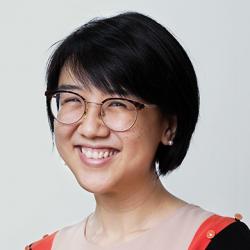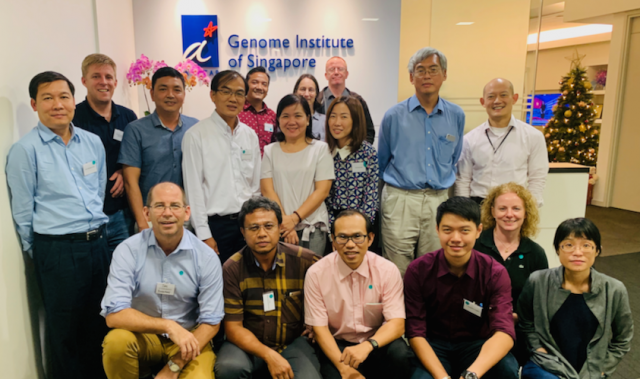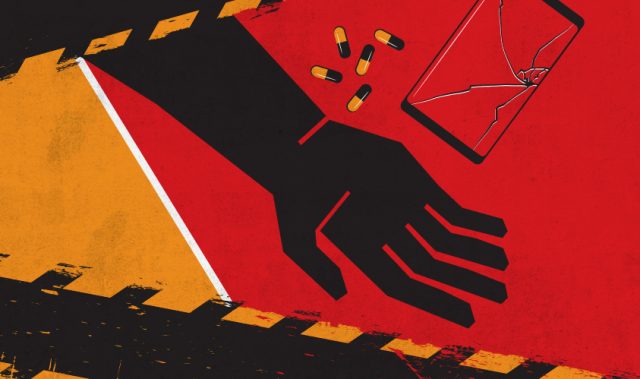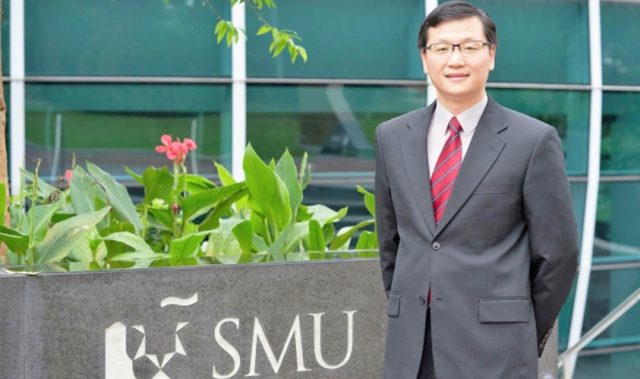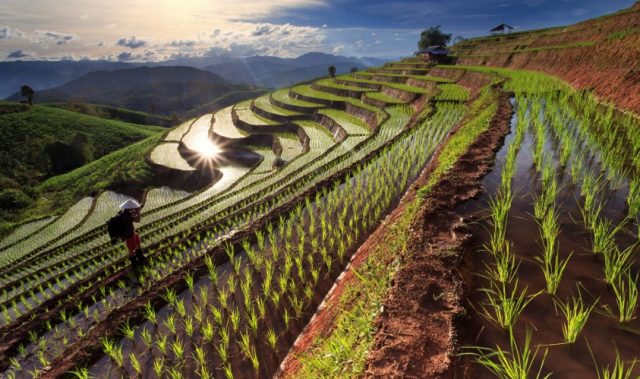
AsianScientist (Oct. 13, 2014) – With an aging population and rising incomes, Asia looks set to take a larger share of the global healthcare market. Consulting firm Frost & Sullivan predicts that Asia Pacific will account for a full third of the healthcare market by 2015, worth a whopping US$521 billion.
Catering to the increasingly sophisticated demands of Asian consumers, Medical Fair Asia 2014 brought some 200 exhibitors together to showcase the latest in diagnostics, medical equipment and medical technology and others. Into a successful tenth edition, the exhibition and concurrent Medical Manufacturing Asia 2014 conference was held at Suntec Singapore Convention and Exhibition Center from September 9-11, 2014.
Healthcare: a top priority for ASEAN integration
Kicking off the inaugural meeting with the opening speech was Dr. Ruben C. Flores, the medical center chief II of the Dr. Jose Fabella Memorial Hospital and president of both the Philippine Hospital Association and the Asian Hospital Federation. He stressed that the regional nature of emerging healthcare concerns demand an international response, a situation that the Association of Southeast Asian Nations (ASEAN) has taken steps to address.
“Life threatening illnesses like H1N1, SARS, MERS-CoV and Ebola virus, must be contained and managed on a cross border basis. Because of the importance of collaboration in emergency healthcare situations, the issue of improving regional healthcare systems is one of the top priorities identified under ASEAN integration, set to take place in 2015,” he added.
Speaking as a healthcare administrator with a regional perspective, he noted that technology is increasingly indispensable across Asia.
“The rapid rise in costs, increasing regulation, more intelligent and demanding consumers, the sheer number of providers and processes and fragmented health systems require the embrace of information technology in providing care,” he said.
Planning for technology
However, it is one thing to recognize the need for technology and something else to start adopting technology on the ground. Particularly for an economically diverse region like ASEAN, the costs of new healthcare technology can be a major hurdle.
“The challenge for ASEAN is how to make healthcare to available and accessible to member countries challenged by resource constraints,” he said.
Drawing from his experiences as president of the Asian Hospital Federation, Dr. Flores shared some pointers that those evaluating the costs and benefits of introducing new healthcare technologies should consider.
“Before we even think of investing in new technology, we need to build up a critical mass to ensure that the investment can be recouped; in effect, making the technology pay for itself. For this, we need to conduct a very careful study of the intended market,” he said.
“When it comes to managing the costs of healthcare on the other hand, we need to be aware that introducing a new technology can sometimes trigger off an arms race, where providers resort to driving unnecessary utilization and overpromising results in order to capture the market share.”
Dr. Flores also highlighted that the cost of technology acquisition is not the only cost involved; other hidden costs need to be taken into consideration when deciding to make a new investment in technology. These include operating cost, human resource, training, space allocation and other improvements.
Looking to leaders
Even as healthcare decision makers seek to balance new healthcare technologies with rising costs, Dr. Flores reminded the audience of medical professionals of their fundamental roles as caregivers.
“But most importantly, we should remember that patients go to us not only for treatment but for healing. Thus, technology acquisitions should be balanced against making the hospital appear like an impersonal factory where automation will replace the warmth of the human touch. We must remember that no matter how advanced a technology might be, it can never ever replace caring hearts,” he emphasized.
Asian Scientist Magazine is a media partner of Suntec Singapore Convention & Exhibition Center.
————-
Copyright: Asian Scientist Magazine.
Disclaimer: This article does not necessarily reflect the views of AsianScientist or its staff.



